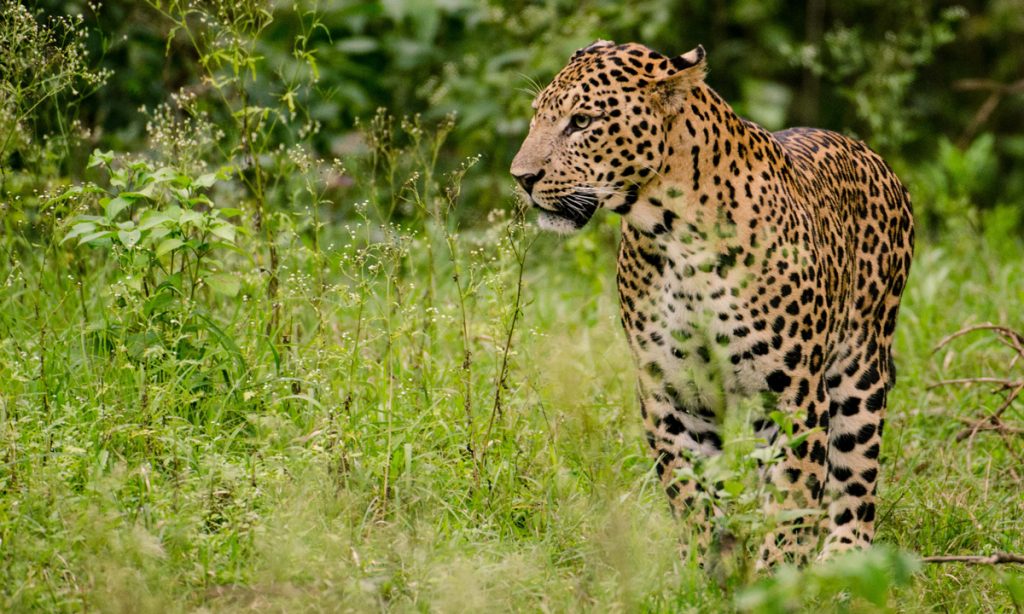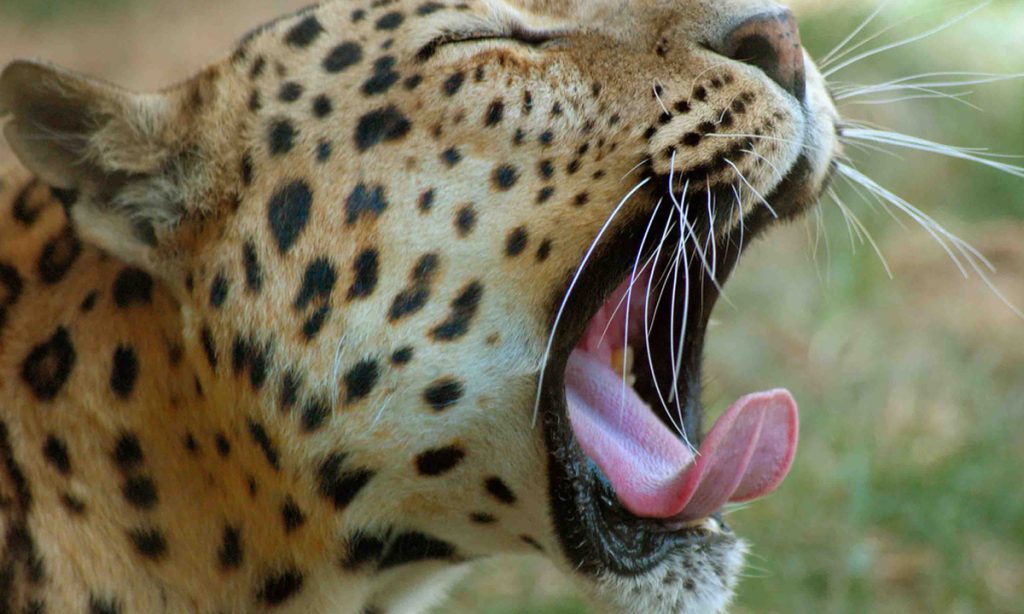
Mumbai is home to Sanjay Gandhi National Park, the largest park within city limits anywhere in the world. Within its 40 square acres, there are two lakes, a big deer population, 20 lions and four tigers (in confined areas), and an estimated 35 free-roaming leopards.
Every year, those leopards eat about 1,500 dogs, and in 2017 they attacked seven of the 350,000 people who live in slums along the park’s borders. Sounds like a nightmare, right? According to a recent study published in Frontiers in Ecology and the Environment, maybe not.
Mumbai, and India in general, also has a pretty serious feral dog problem. Estimates put the number of stray dogs in the country somewhere around 30 million, and many of them aren’t exactly friendly. Rabies rates are high, and as it’s easily transferred from dogs to humans, approximately 20,000 people in the city die of rabies every year.
That’s where the leopards come in.

The leopards may be helping to keep that number under control, at least within their territory. The study found that the 35 leopards living in the park – the densest population of leopards anywhere in the world – keep the stray dog population in the villages surrounding the park at a manageable 17 per square kilometer, compared to 680 per square kilometer further from the park’s boundaries.
The video below is one such leopard in Mumbai. The dog survived the attack, according to the description.
About 40 percent of the leopards’ diet is made up of strays, and the 1,500 feral dogs they consume every year while roaming human settlements and villages prevent around 1,000 biting incidents and 90 potential cases of rabies. Plus, they save the city about $18,000 in “dog management” costs, according to the study.

Mumbai’s leopards aren’t always great neighbors — they still attacked seven people in 2017 and they commonly prey on domestic livestock as the boundaries between human and wildlife spaces blur. But they may not deserve the bad rap they get in most media stories. The authors of the study, researchers from the University of Queensland School of Earth and Environmental Sciences, hope that an increased understanding of how these predators can benefit the humans that live around them will lead to a more functional kind of coexistence.
In the meantime, if you’re headed to Mumbai, you might want to watch your back.
Learn more about Mumbai’s leopards in the video below:
Watch the video below to see how easily a leopard takes down a warthog:




